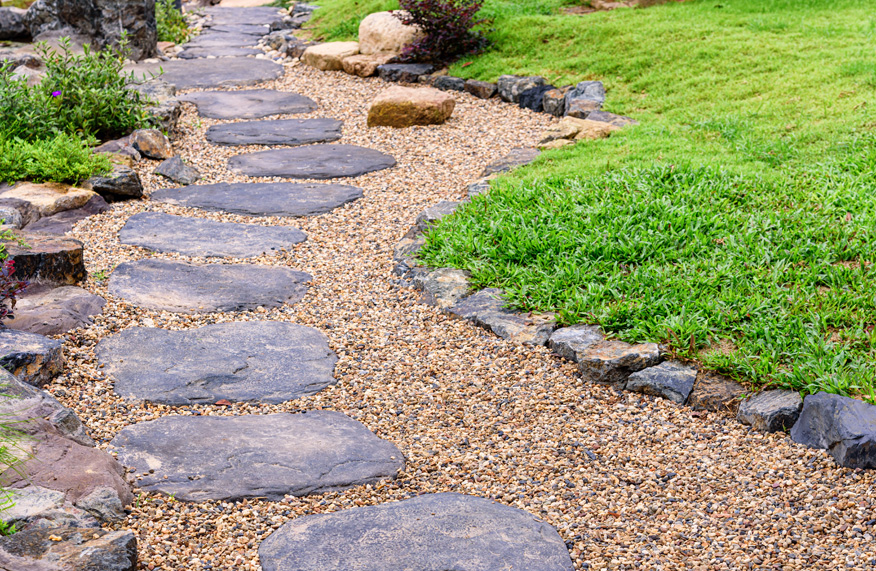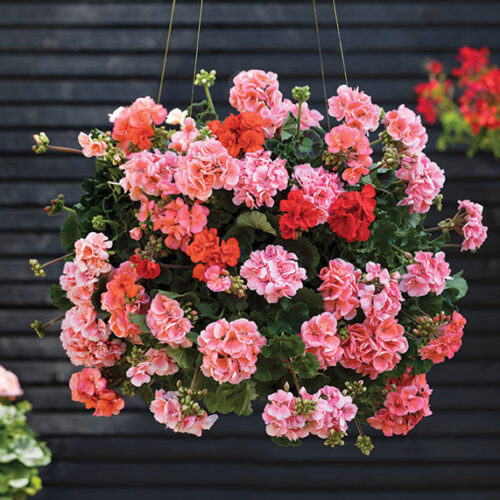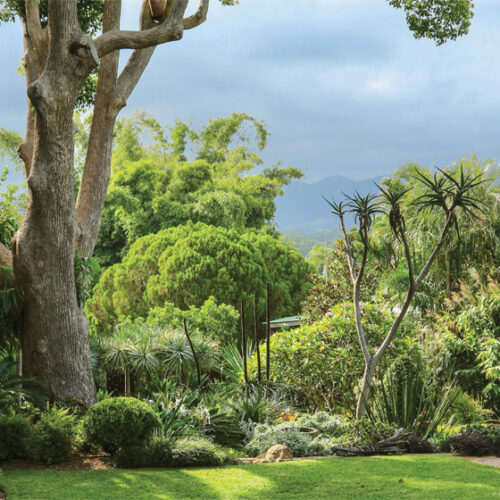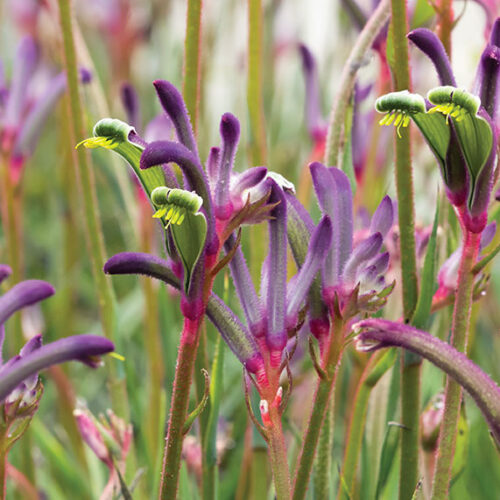Five top edging materials
2018-08-13T09:56:16+10:00
Edging is the unsung hero of the garden, creating defined lines that give the landscape a clean, finished appearance. Whichever type you choose, it provides the essential finishing touch to your landscaping.
1. Plastic This is sold as rolls of flexible, UV-resistant material that you cut to the desired length and secure in the ground with spikes. It’s an affordable option in green, brown or black, in widths ranging from 7.5cm to 15cm. Ends should be overlapped if more than one roll is used.
2. Timber Best for straight edges, unless you use the flexible, roll-out edging, timber provides a traditional ambience. To prevent grass invading garden beds, bury half the width of timber edging into a trench and then support the structure with timber or metal pegs.
3. Stone Choose this option for a feeling of tradition and permanence in your garden. Stone edging also creates a statement when built into a low wall using blocks, free-form rocks or gabion baskets.
4. Brick Bricks and masonry blocks make a handsome edge and are appreciated by gardeners who like a wider border that keeps grass from the garden, while allowing any free-flowing perennials to informally spill over and soften the edge.
5. Metal This is a premium product that is durable, sleek and more expensive than other edging options. It is one of the top choices for landscapers, as it is flexible enough to be used for circular edging, is reasonably quick to install and provides a smart, hard-wearing, contemporary finish.
Photo by iStock





